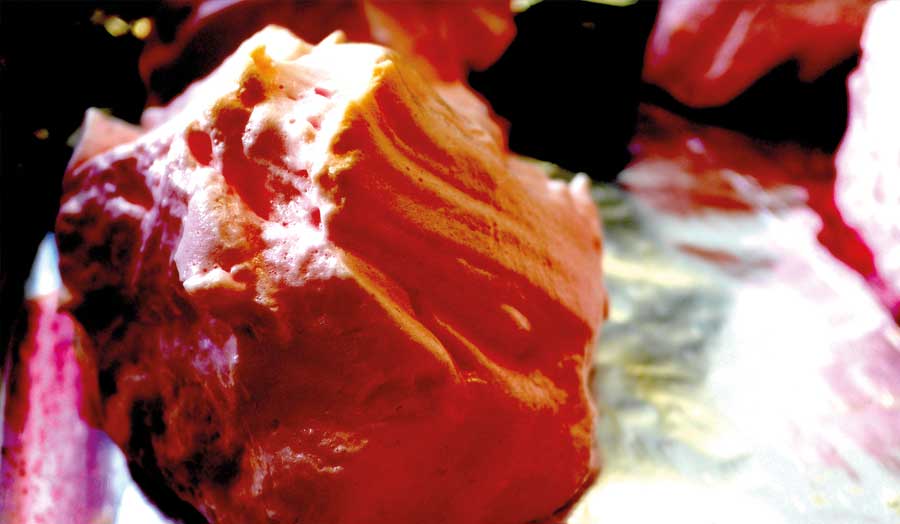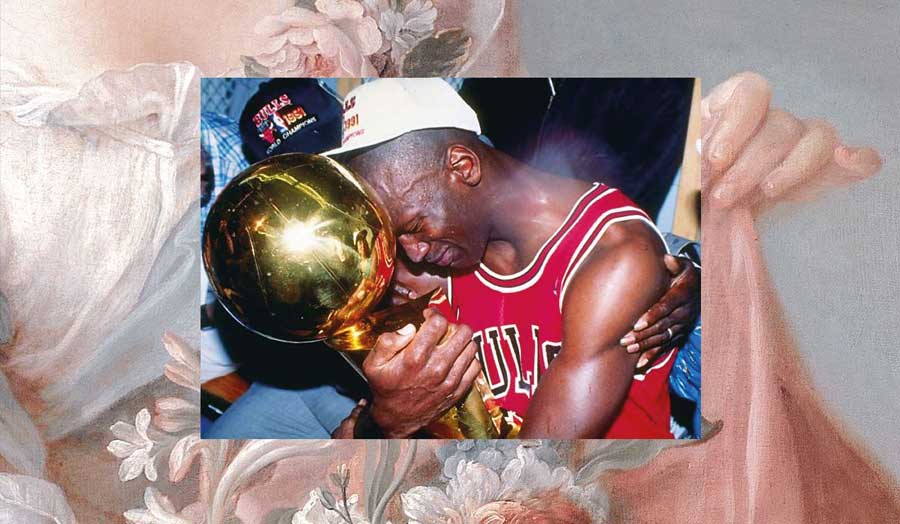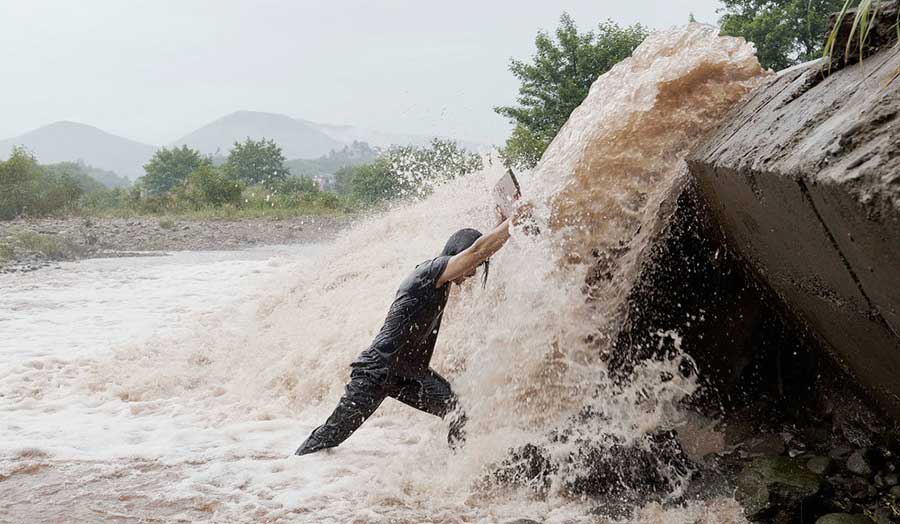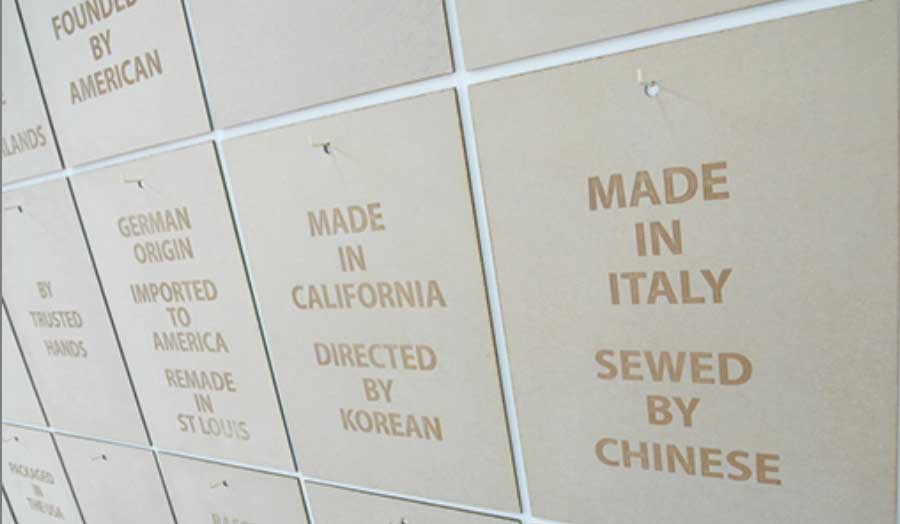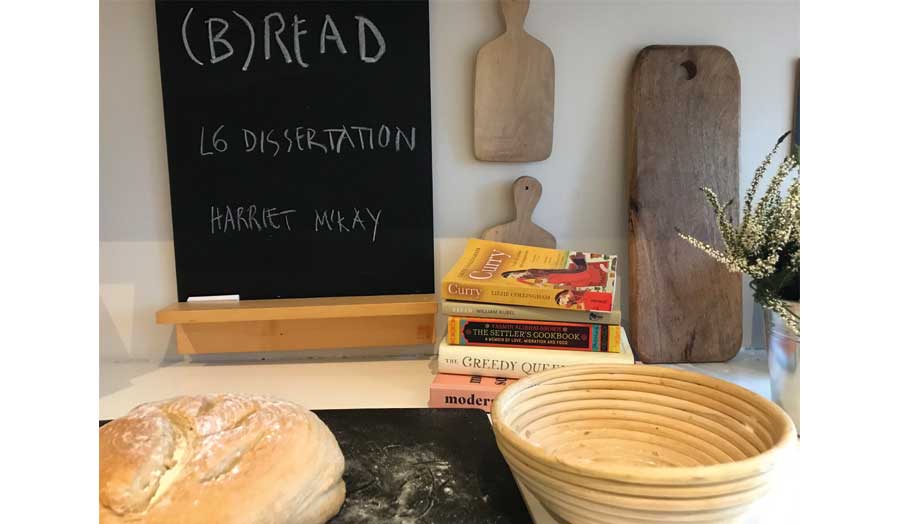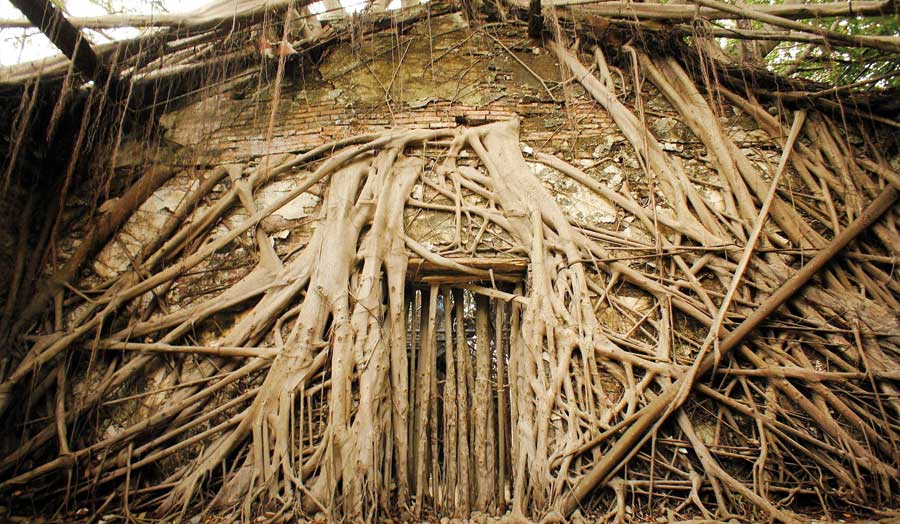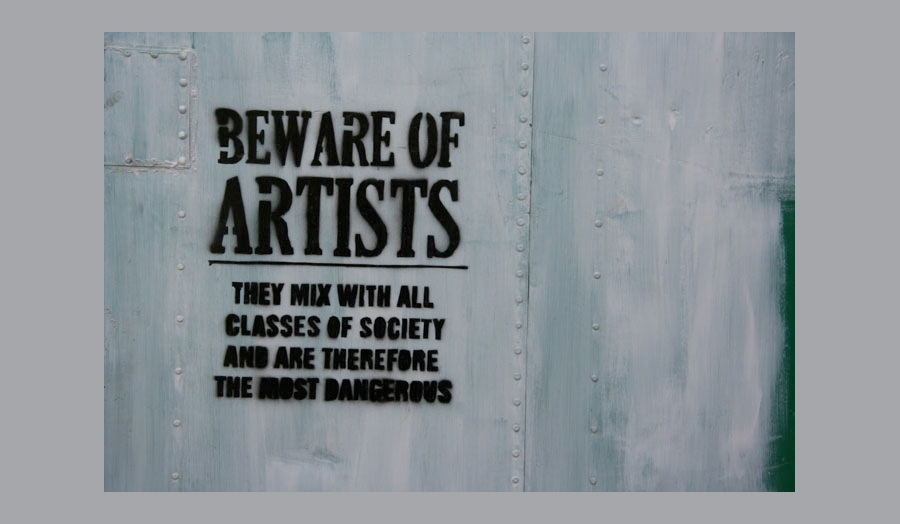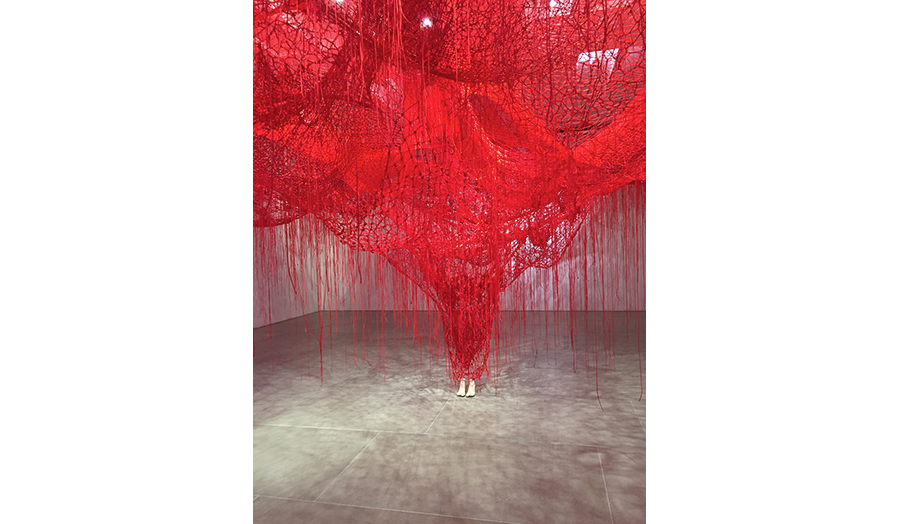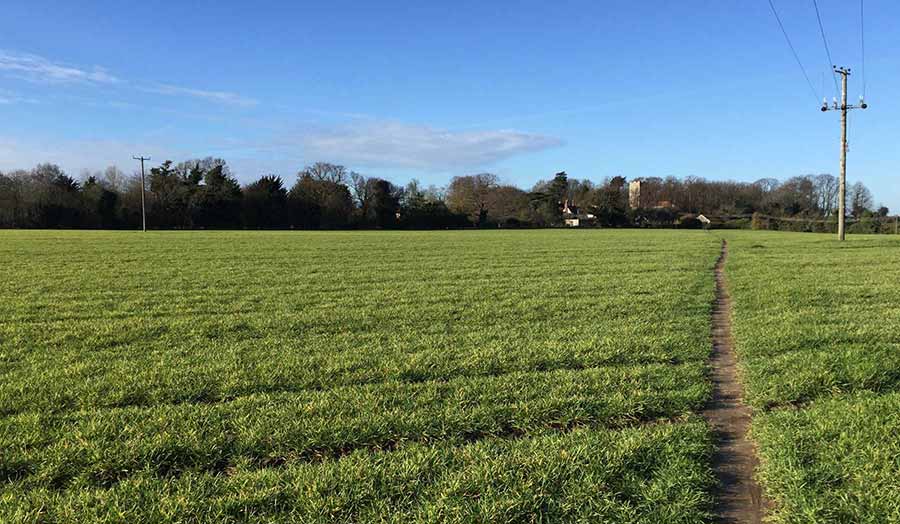Danielle Hewitt
For centuries people have taken pleasure in ruins. Artists and writers have enjoyed feelings of melancholy and terror when looking upon ruined buildings and landscapes and have found beauty in such scenes. Scenes of ruin have been understood as sitting at a complex point between past and present, nature and culture and have provided rich inspiration for art, architecture and writing into the present day. A preoccupation with the ruinous invites us to trace a line through such things as the 18th century landscape garden, the gothic novel, land art of the 1960s and 1970s, the science fiction of JG Ballard, and a kitsch attraction to the abandoned and down-at-heel areas of cities in the late 20th century.
Studio 9 pays heed to these cultural forms and persuasions but asks, how might we productively think with ruins in the present? The studio will investigate how such ruin lust has been productive for art and culture but also consider how such persuasions are culturally constructed and the ideologies that they carry, and what the role the ruinous has in our current time of conflict and environmental crisis. The studio takes the position that the concept and actuality of ruins can stimulate thinking about things and places aesthetically, materially and politically and at a number of scales.
As well as thinking with ruins the studio will ask how we might write through ruins. How might it be productive to let the material and fragmentary nature of the ruin infuse our writing? How do we recall and present the evidence of a subject which might be defined by absence and loss? Or, how might we interrogate an object or landscape to reveal a narrative of which it is the evidence? Perhaps like the writer WG Sebald we find that certain histories of violent destruction have evaded the possibility of writing.1 Or, like the artist Katrina Palmer, we write only what is "leftover".2
1 WG Sebald, "Air War and Literature" in On the Natural History of Destruction. (Modern Library Classics,2004).
2 Katrina Palmer, End Matter. (Bookworks, 2015).
Some of the ways that the studio will begin to think with ruins
- Brian Dillon on a history of ruin lust, Fragments form a History of Ruins
Regeneration and the 'sink estate spectacle', an article condemning the celebration of urban decline - Examine these texts:
The Destruction of Cultural Heritage: From Napoléon to ISIS - Consider the duration of material things:
On Weathering
Piccon Ruin Rust (PDF) - Follow Robert Smithson on:
A Tour of the Monuments of Passaic, New Jersey (PDF) - Re-live the moment that a Roman temple honoring a mysterious god was unearthed beneath a London bombsite:
Temple of Mithras community archaeology oral history project - Recognise the city around you through these fictional ruins:
JG Ballard, The Drowned World (1962)
Rose Macaulay, The World My Wilderness (1950)
William Morris, News From Nowhere (1890)
*
Studio image: Sir John Cass Technical Institute. Showing Damage caused by Air Raid on 29th December 1940. Banner: Hans Op de Beeck, Staging Silence (3), video still (detail), 2019
-(1).jpg)
Details
| Tutor | Danielle Hewitt |
|---|

-(1)-(1)-(1).jpg)
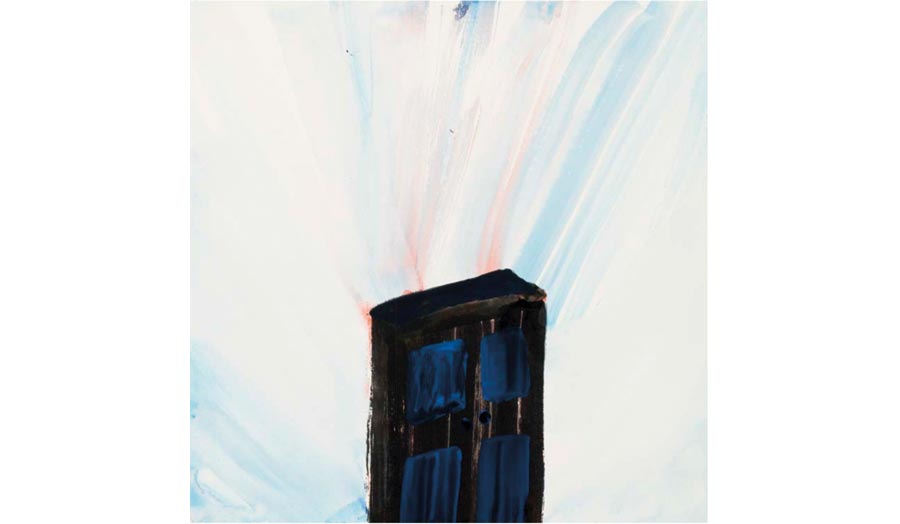
-(1).jpg)
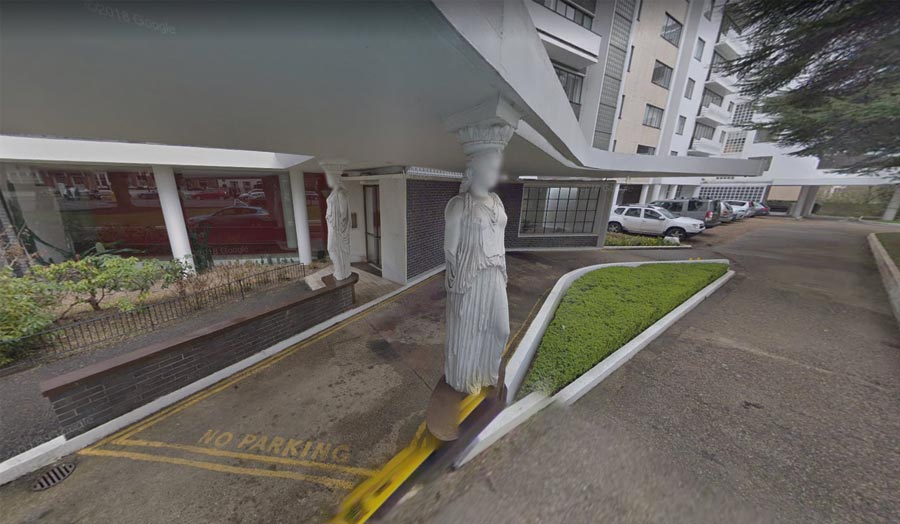

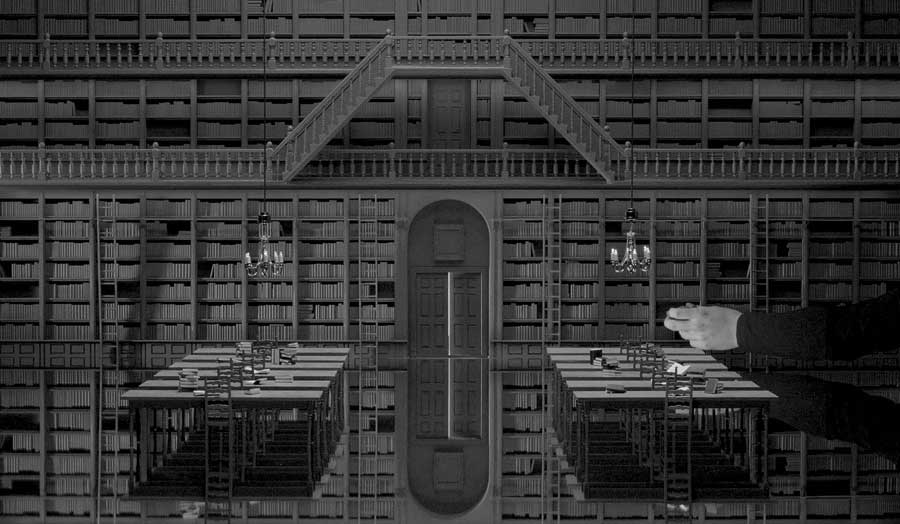
-(1).jpg)
